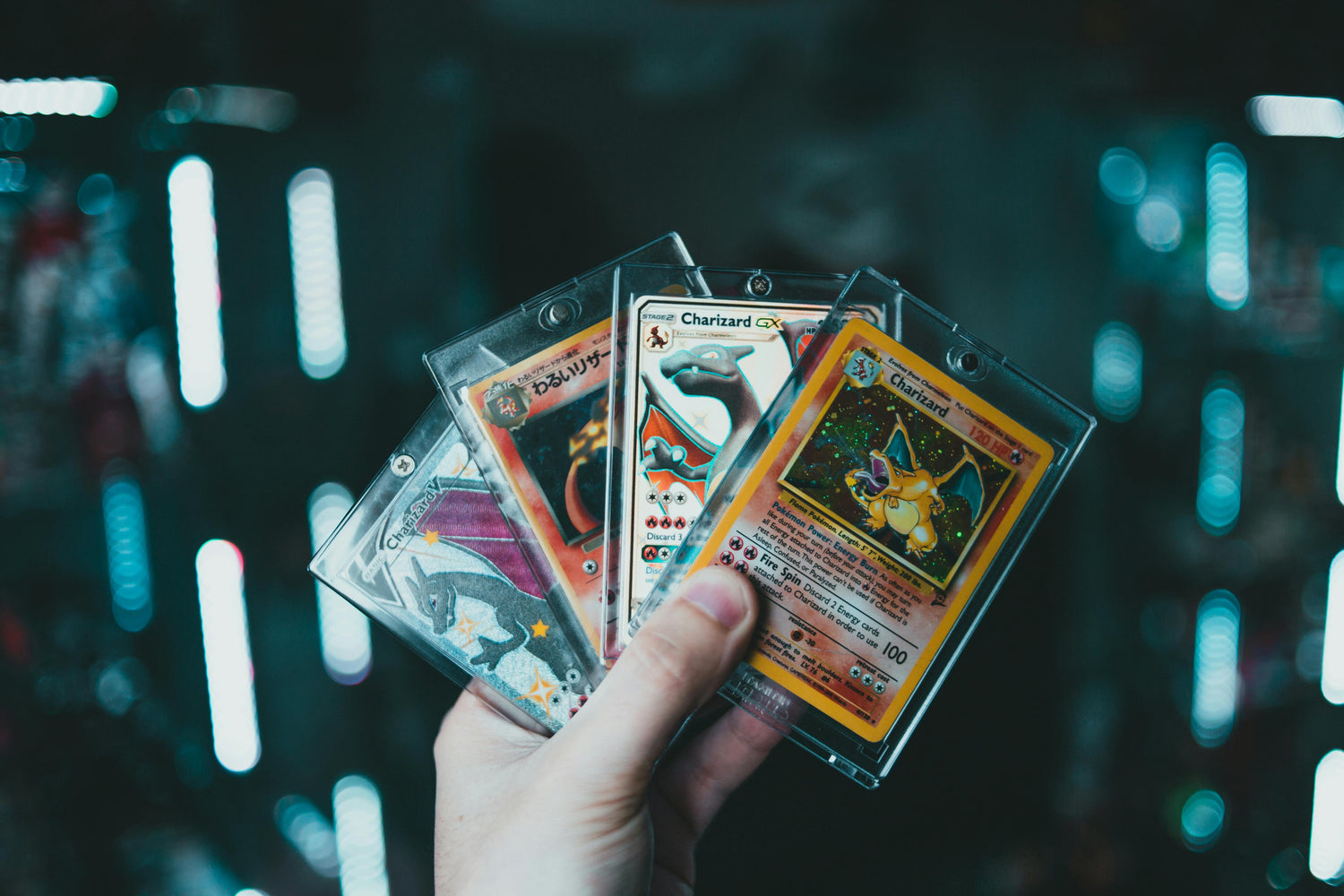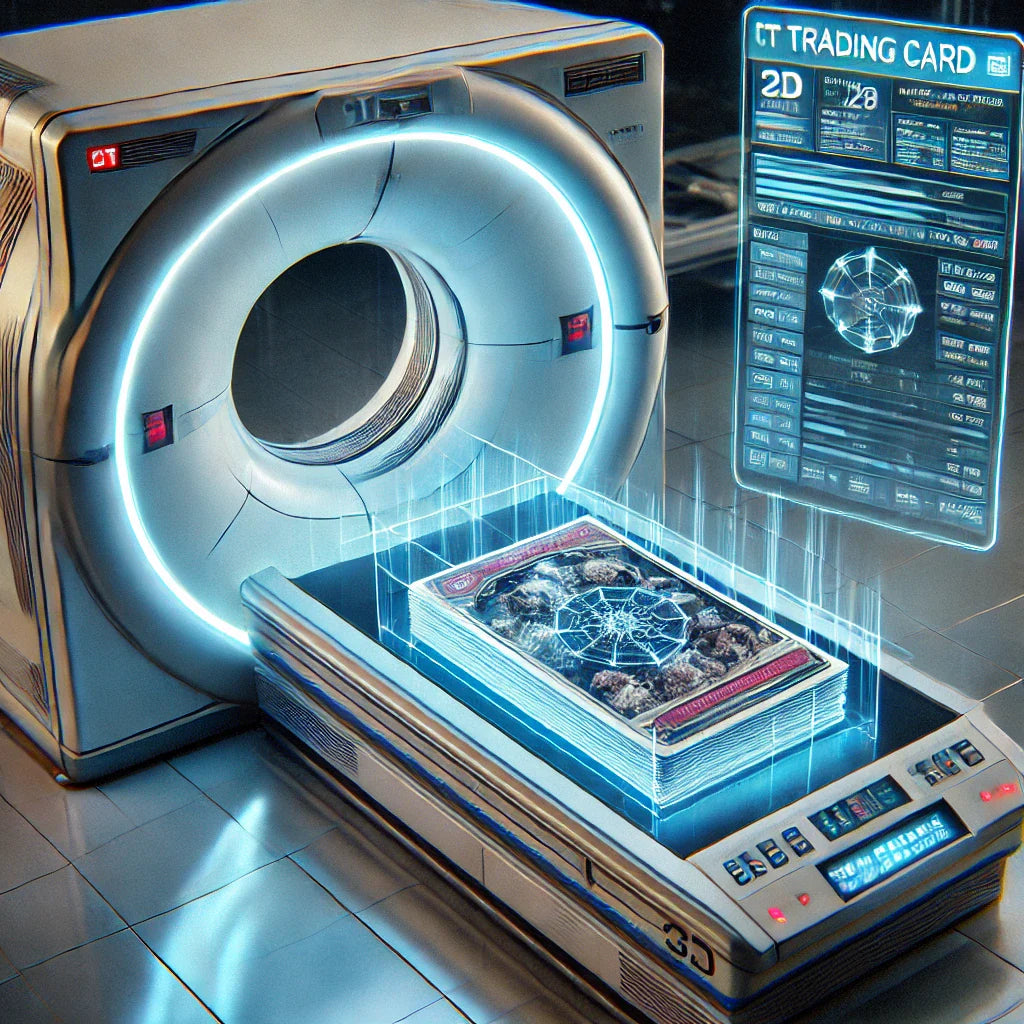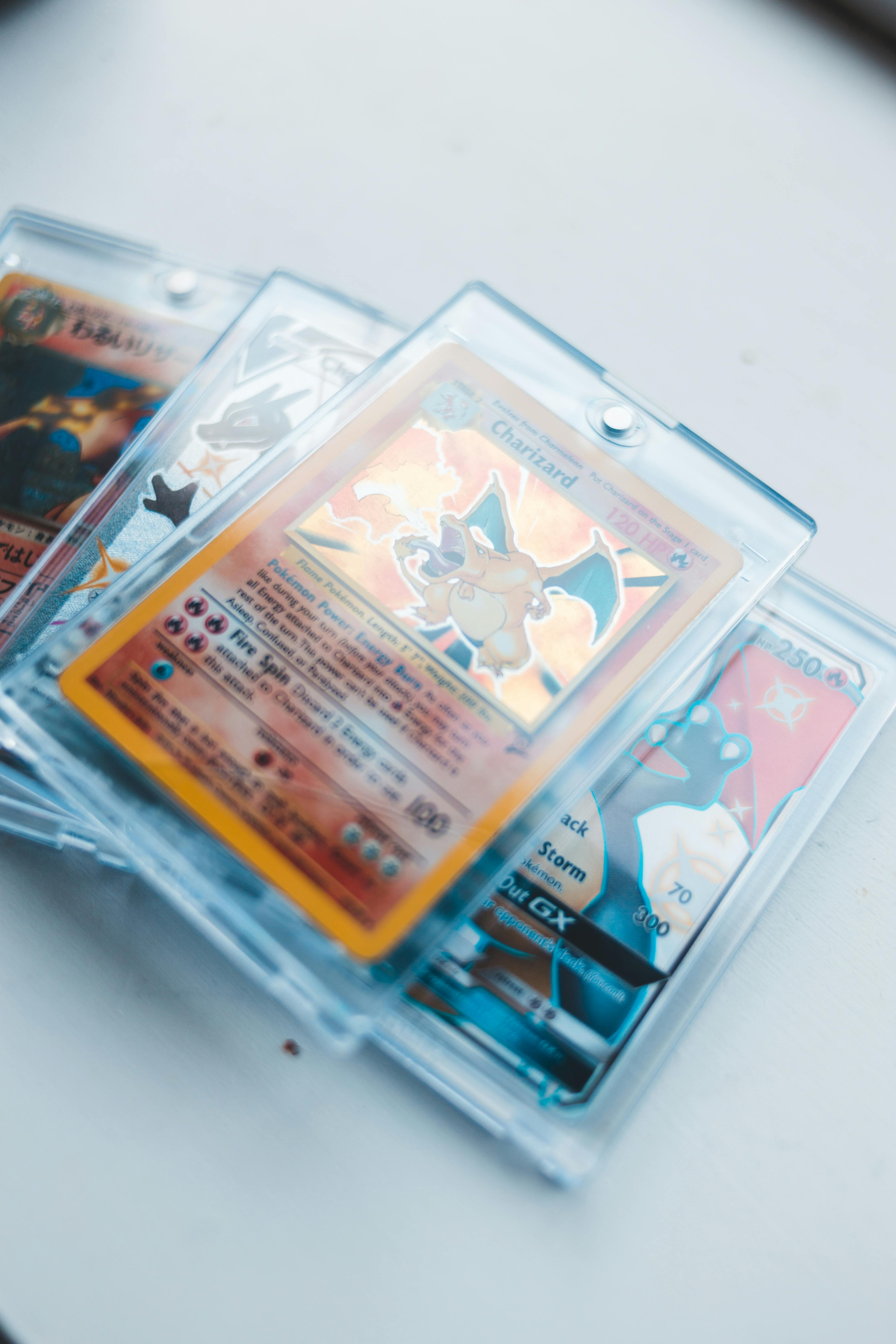In the initial years, the company struggled to survive.
However, it stuck with its mission, and established itself as a pioneer in the grading industry, gaining visibility with the rise of eBay, the world’s first dot-com marketplace for collectibles. Since then, PSA has contributed several million gradings each year, helping collectors officially grade their cards, verify authenticity, and enhance their value in the marketplace.
This increase in demand for professional grading services solidified PSA's reputation as a trusted authority in the collectibles industry.
How PSA Grading Works
1. Submission Process
To initiate the grading process, collectors first submit their sports and Pokemon cards through PSA’s online platform or by mail.
For PSA Pokemon cards, users create an account and select their desired service level, which includes options for standard, express, or premium grading. The costs vary, and the turnaround time ranges from 5 to 45 business days.
Collectors seeking PSA for Pokemon cards should secure their package to prevent damage during transit.
2. PSA Grading Factors
Once received, PSA examiners assess each card based on four critical factors.
These include:
- Centering: How well the image is aligned within the borders.
- Corners: Checking for sharpness and wear.
- Edges: Inspecting for chipping or fraying.
- Surface: Looking for scratches, stains, or print defects.
Each of these plays a role in determining the final grade.
3. Turnaround Time and Grading Fees
Turnaround times vary based on the selected service level.
Express options offer quicker processing for a higher fee, while standard submissions take longer. Grading fees are based on the declared value of the card and the chosen service.
Costs generally start from $14.99 for lower-value cards and up to $499.00 for cards over 10,000$.
PSA Pokemon Cards Ranking (From High to Low)
1. PSA 10 (GEM-MT)
A PSA 10 grade indicates a flawless card that exhibits perfect centering, sharp corners, sharp edges, and a flawless surface. There are no visible imperfections or wear, making it the highest standard of quality. Cards graded as PSA 10 are highly sought after by collectors and can command premium prices in the market.

2. PSA 9 (Mint)
PSA 9 cards are in mint condition with only minor imperfections that do not detract from the overall appearance. These might include very slight corner wear or a tiny surface scratch that is barely noticeable. While not perfect, PSA 9 cards are still highly desirable and can fetch impressive values.

3. PSA 8 (NM-MT)
A PSA 8 grade indicates a card in near mint condition. Cards at this level may have some noticeable imperfections, such as slightly more pronounced corner wear or minor surface scratches. However, they still retain visual appeal and are valuable to collectors.

4. PSA 7 (NM)
PSA 7 cards show signs of wear, including noticeable corner or edge wear, and may have minor surface flaws. While they are not as sought after as higher grades, they still hold value and can attract collectors looking for cards in good condition.

5. PSA 6 (EX MT)
A PSA 6 grade suggests a card that is in excellent condition but with more obvious signs of wear. This may include moderate corner wear, surface scratches, or slight fading. While not ideal, these cards can still appeal to certain collectors.

6. PSA 5 (EX)
PSA 5 cards show significant signs of wear, including creasing, edge chipping, or heavier surface scratches. These cards are less desirable than higher grades but can still hold value for collectors who appreciate vintage items or specific characters.

7. PSA 4 (VG EX)
A PSA 4 grade indicates a card that has visible flaws and wear, such as creases or rounded corners. While these cards are still collectible, they typically have lower market value compared to higher grades.

8. PSA 3 (VG)
PSA 3 cards are in good condition but show considerable wear and defects, such as heavy creases, multiple scratches, or significant edge wear. While they may appeal to budget-conscious collectors, their value is limited.

9. PSA 2 (Good)
PSA 2 cards have major defects that affect their appearance and integrity. These cards can be of interest to collectors seeking rare items at a lower cost.

10. PSA 1 (PR)
PSA 1 cards are in poor condition and have significant damage, including severe creases, discoloration, or missing pieces. Despite their condition, these cards may still hold sentimental value or historical significance for collectors.

Why PSA Grading Matters for Collectors
Card Value and Marketability
PSA grading significantly influences card value and marketability.
Higher grades typically lead to increased worth, making graded cards more appealing to buyers and sellers. This standardized grading system allows collectors to trade and invest with confidence, knowing the condition of the cards has been verified.
Authentication and Protection
Grading offers authentication, protecting collectors from counterfeit cards.
This assurance enhances transaction credibility, particularly in a market where authenticity is crucial. PSA-graded cards are also housed in tamper-proof cases, preserving their condition and preventing potential damage.
Choosing Which Pokemon Cards to Grade
It’s not worth grading all of your Pokemon cards.
for Pokemon cards determines card condition, value, and authenticity.
Choosing the best ones to grade is possible by:
- Focusing on high-demand cards like first editions or rare holographic versions.
-
Evaluating the card's condition, market trends, and potential for appreciation.
Grading cards that are already in excellent shape can yield better returns, making the investment worthwhile in the long run.




Leave a comment
This site is protected by hCaptcha and the hCaptcha Privacy Policy and Terms of Service apply.